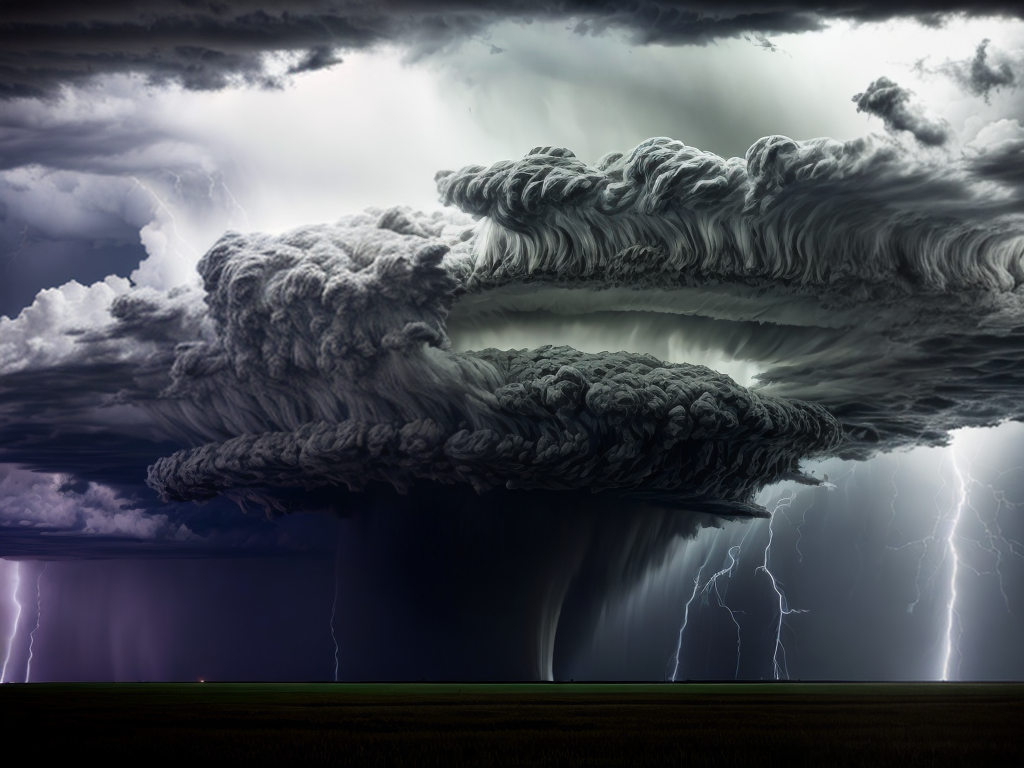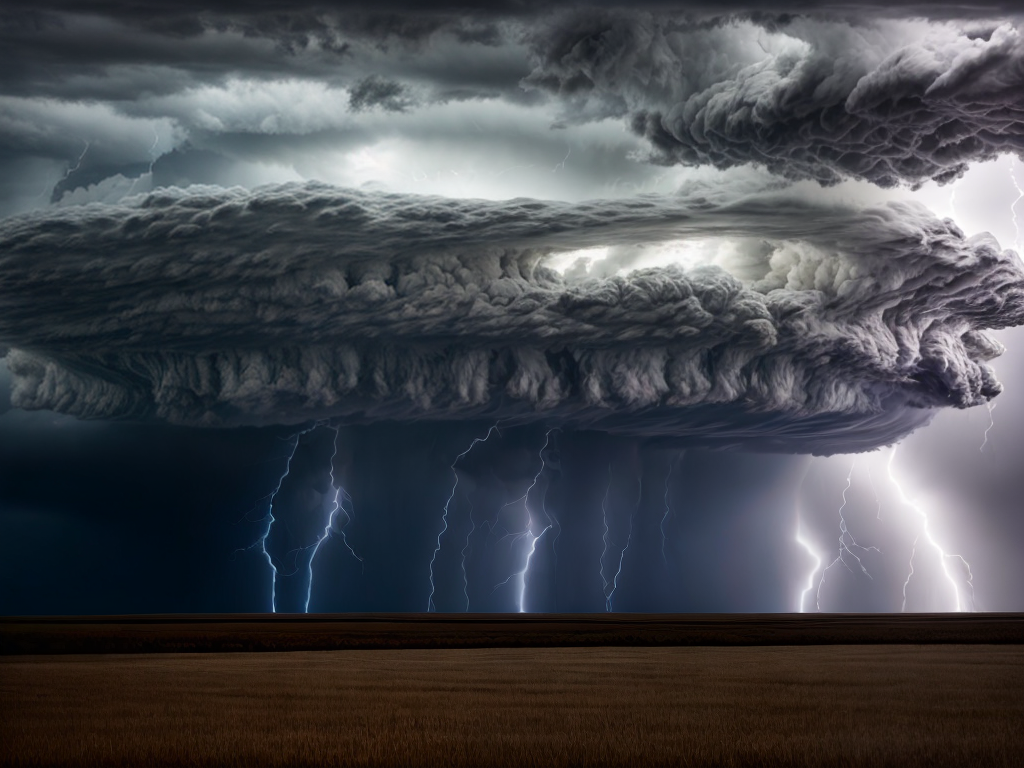
When preparing to venture into the great outdoors, one cannot underestimate the importance of having an adequate Wilderness Medical Kit. By creating a DIY First Aid Kit, you ensure that you have all the necessary Outdoor Safety Equipment tailored to your specific needs and potential risks.
The first step in crafting your Custom First Aid Gear is to assess your skill set, the nature of your adventure and the environment.
Considering these factors is essential for deciding what to include in your Adventure Medical Kits.
Remember, every environment presents unique medical challenges.
Next, compile a Wilderness First Aid Kit Checklist.
This process will help you to identify critical Survival Medicine Equipment and facilitate the purchase of Emergency Wilderness Gear.
Then, consider the size and weight of your Backpacking Medical Kits.
Your field medicine supplies should be lightweight for easy transportation.
An Ultralight First Aid Gear is ideal, especially for extended trips. gear that will provide you with durability and reliability in the face of adversity.
Investing in such equipment can be the difference between life and death in extreme situations. Ensure that the gear is easy to use, compact for easy transportation, and tested for effectiveness in.
‘Click here to learn more about’ pro outdoorsurvival.com
The Essentials of Wilderness Medicine Kits

Wilderness Medicine Kit What is it
Techniques for Crafting Your Custom First Aid Gear
Role of Wilderness Medicine Kits in Outdoor Survival
Strategies for Personalizing Your First Aid Gear
Essentials of Portable Wilderness Medical Kits
In the heart of the wilderness, your health and safety largely depends on the contents of your Adventure Medical Kits. Understanding how to utilize Field Medicine Supplies effectively can make the difference between pain and relief, or even survival and fatality.
Carrying a comprehensive Survival Medicine Kit can address various medical emergencies.
From treating minor cuts and burns to setting a dislocated joint, the right kit can handle it.
The contents can vary based on the needs of the adventurer.
Individuals who prefer hiking or backpacking might opt for Travel Medical Kits that are compact, lightweight, and carry essentials like band-aids, antiseptics, and painkillers.
Those venturing into harsher environments may need more extensive gear like splints, trauma pads, and a larger range of medications.
One important note is the balance between weight and utility.
Particularly for people engaged in solo survival, Ultralight First Aid Gear can provide essential medical supplies without burdening them with extra weight.
Even for camping enthusiasts, creating a Custom Outdoor Emergency Kit is a recommended practice.
This is where Crafting a Survival Kit comes in handy, as it allows individuals to tailor the contents according to their specific needs.
Wilderness Preparedness isn’t just about packing the right equipment.
it’s also about knowing how to use it. apply them in emergency situations, can potentially save lives and limit the severity of an injury before professional medical help arrives.
| Type of Medical Kit | Contents | Use Case |
|---|---|---|
| Adventure Medical Kits | Varies based on the needs of the adventurer | For general wilderness survival |
| Travel Medical Kits | Band-aids, antiseptics, painkillers | For hiking or backpacking |
| Ultralight First Aid Gear | Essential medical supplies | For solo survival without extra weight |
| Custom Outdoor Emergency Kit | Customized according to specific needs | For camping enthusiasts |
Mastering Outdoor Survival Gear Tailoring
One area often overlooked in Wilderness Preparedness is the importance of tailoring your own Outdoor Survival Gear. The benefits are twofold: the equipment is personalized to your unique needs, and the crafting process ensures you know exactly how every item works.
For instance, a Custom First Aid Gear could include specific medications you require or items suited to the area youll be exploring.
When creating a DIY First Aid Kit, it’s crucial to include Survival Medicine Equipment to tackle a range of potential health issues.
From wound closure strips for lacerations to emergency warming blankets for hypothermia, the focus should be on versatility.
This principle also applies to Wilderness Medical Kits tailored for specific environments or activities. For instance, Mountain Series Medical Kits would contain gear for altitude sickness and cold-related injuries, while Hiking First Aid Kits might prioritize blister treatment supplies and hydration tablets.
Another essential aspect is the inclusion of tools in your Wilderness Survival Gear.
A good-quality knife, for instance, can serve multiple purposes from cutting bandages to fashioning splints. Lightweight gear, like Adventure Ready First Aid Kits or Compact First Aid Kits, often include items that can be used in different ways to save weight and space.
Last but not least, don’t overlook the importance of knowledge in Wilderness EMT Supplies. Owning the most comprehensive kit won’t help if you don’t know how to properly use each tool and understand their specific functions. .
Tools Required for Building Your Own First Aid Kit
Building your own first aid kit is a rewarding exercise that enhances your personal survival skills. To start off, you must have a robust and waterproof container as a basic necessity to store your gear.
Known as Field Medicine Supplies, these items function to protect and sterilize wounds, manage pain, and provide essential immediate care.
Having a well-structured First Aid Kit Checklist can aid in ensuring every necessary item is included.
For a Wilderness First Responder Kit, hemostatic agents, which are substances that promote clotting, are crucial for severe injuries.
Bandages, tourniquets, and medical tapes also form part of the Essential Wilderness Equipment. You should include different sizes and types to handle various injuries.
Tweezers and medical scissors are also important implements that should not be overlooked in the checklist.
Preparing a DIY Survival First Aid Gear involves adding items like antiseptic wipes, antibiotic ointments, and pain relievers like ibuprofen and aspirin. Allergy medications, hydrocortisone cream, and antidiarrheal medications are also part of the essentials you should consider.
Familiarizing yourself with all the components of your kit is as important as assembling them.
Training manuals and instruction books can be invaluable additions to your Bushcraft First Aid Gear, especially for those new to outdoor survival.

